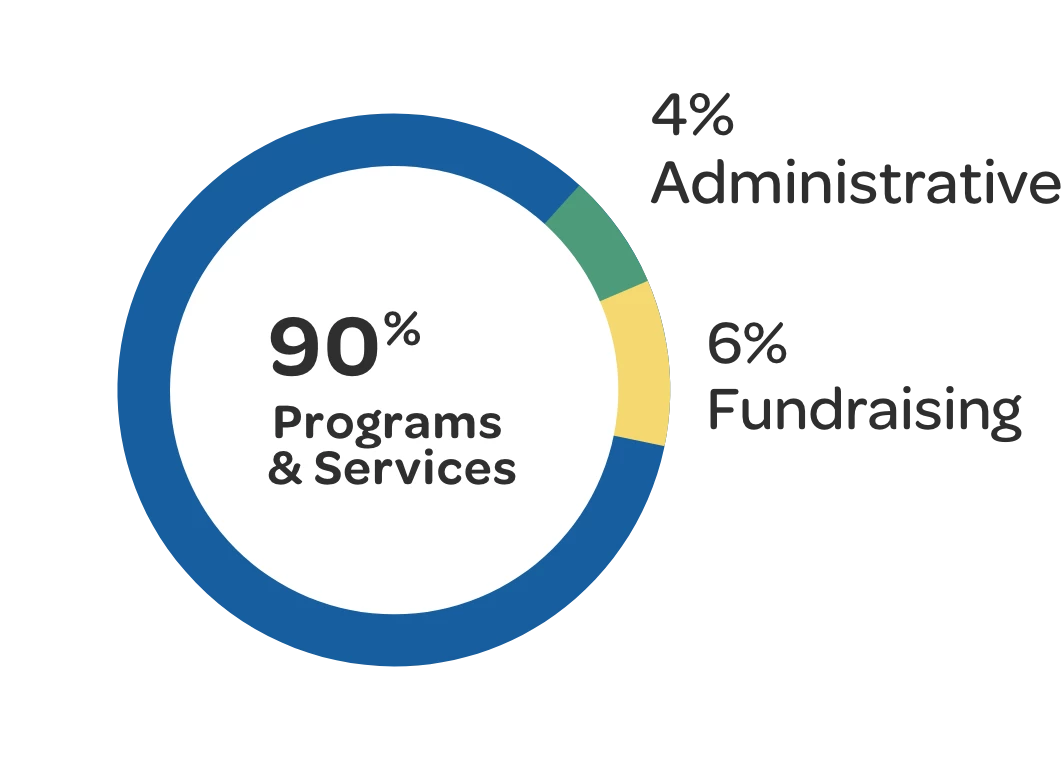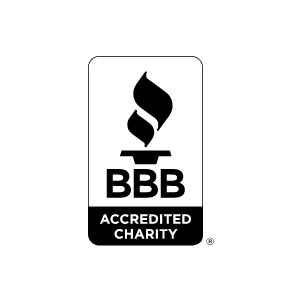Internal displacement is a problem affecting over 26 million across the globe. Labeled Internally Displaced People (IDP), IDPs double the size of refugees and arguably face greater threats. Unlike refugees, who cross international borders, IDPs are displaced within their borders.
There are two components that define internally displaced people:
The involuntary movement of people
Movement takes place within borders
The most common reasons for internal displacement include armed conflict, violence, human rights violations, or natural disasters. IDPs have little to no access to employment, education, or healthcare.
While refugees are protected under the international community, IDPs are not afforded such protection because it is the national government’s duty to provide security and well-being to the displaced; however, on some occasions national governments are unable or unwilling to live up to those obligations. Although, national government should preserve and protect the rights of IDPs, no laws exist to make this binding.
Threats Internally Displaced People face:
Community networks are destroyed with physical displacement, which includes disruption of family units and women are forced to assume non-traditional roles which are often dangerous
Groups like the elderly, children, and pregnant women are affected on a psychosocial level
Schooling for children and adolescent are disrupted
Several occasions were conditions of internal displacement has led to abuse by armed combatants
IDPs sometimes lack identification cards which prevents them from receiving benefits or legal recognition
Zakat Foundation of America has launched two campaigns, Libya and Ivory Coast campaign, which serves the needs of displaced people. Zakat Foundation of America will continue aiding the displaced until the crises are resolved.







